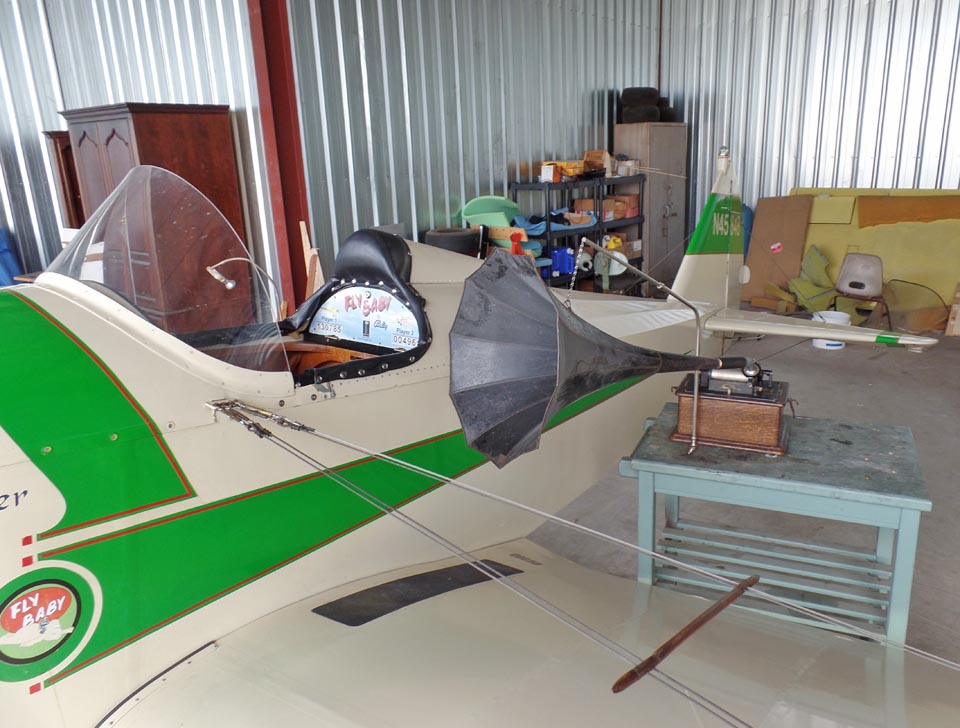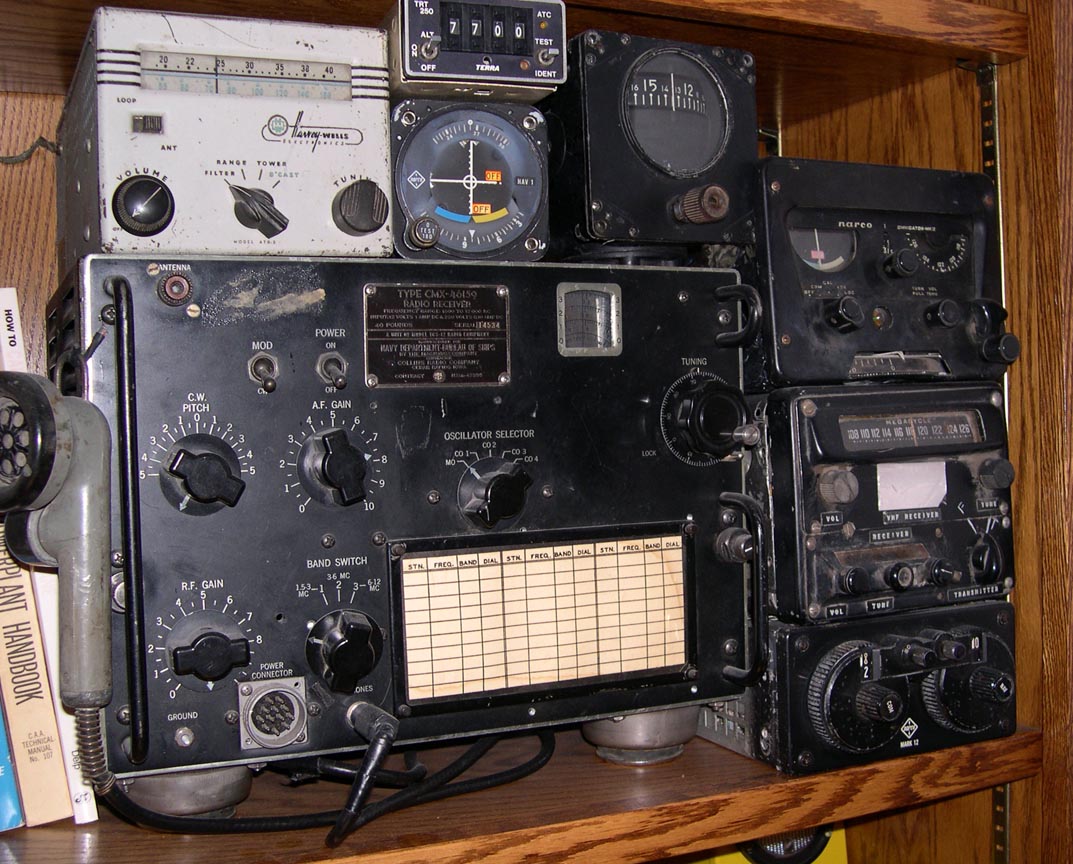KRyan
Pre-takeoff checklist
I recently completed a nifty little project that someone on this forum might be interested in.
I was driving down the road and I saw someone throwing out an old console style radio. It turns out it was a Farnsworth Model GK-111, made in 1947. Well, I couldn’t let the thing go to the landfill, so I quickly put it in the back of my truck and took it home.
I really didn’t know what I was going to do with it. It was an AM/FM set, with a turntable, but restoring it didn’t really seem like an option. The AM band was OK, but the FM band was 200 to 300. Now, this may indicate the center frequencies (200 = 87.9 Mhz, 300 = 107.9), but I didn’t know that at the time, and still don’t know. The turntable was 78 rpm only.
So, restored, I’d have an AM radio, an FM radio that might not pick up any current FM broadcasts, and an old record player that only played 78 RPM records. Not what I really wanted to spend time restoring.
The radio cabinet and dial looked surprisingly good, however, so I decided to see what else I could come up with. What I decided to do was to remove the radio “guts”, the speaker, and the turntable. I put a piece of wood in the floor of the turntable “drawer”, so now it was just that – a drawer. I bought a Bluetooth amplifier/speaker kit and installed it in the place of the radio “guts” and speaker. I also selected two of the old knobs to “work” – one turns on the amp, the other is volume control. The kit also came with LEDs that connect to the circuit board that allowed me to light up the radio dial when the unit was on. The Bluetooth amp & speaker kit was only $60.
So, at the end of the day, I have what I think is a pretty cool piece of “retro” furniture that I can play anything I want to, right out of my phone! The sound quality is really good, too!
The original intent was to give it to my son & daughter-in-law for Christmas, but after I got is assembled and turned it on, my wife said “If they don’t want it, I do!”
They wanted it, so now I have to find another “restoration candidate.”
PS – I know what I did may anger some “purists” out there.
I was driving down the road and I saw someone throwing out an old console style radio. It turns out it was a Farnsworth Model GK-111, made in 1947. Well, I couldn’t let the thing go to the landfill, so I quickly put it in the back of my truck and took it home.
I really didn’t know what I was going to do with it. It was an AM/FM set, with a turntable, but restoring it didn’t really seem like an option. The AM band was OK, but the FM band was 200 to 300. Now, this may indicate the center frequencies (200 = 87.9 Mhz, 300 = 107.9), but I didn’t know that at the time, and still don’t know. The turntable was 78 rpm only.
So, restored, I’d have an AM radio, an FM radio that might not pick up any current FM broadcasts, and an old record player that only played 78 RPM records. Not what I really wanted to spend time restoring.
The radio cabinet and dial looked surprisingly good, however, so I decided to see what else I could come up with. What I decided to do was to remove the radio “guts”, the speaker, and the turntable. I put a piece of wood in the floor of the turntable “drawer”, so now it was just that – a drawer. I bought a Bluetooth amplifier/speaker kit and installed it in the place of the radio “guts” and speaker. I also selected two of the old knobs to “work” – one turns on the amp, the other is volume control. The kit also came with LEDs that connect to the circuit board that allowed me to light up the radio dial when the unit was on. The Bluetooth amp & speaker kit was only $60.
So, at the end of the day, I have what I think is a pretty cool piece of “retro” furniture that I can play anything I want to, right out of my phone! The sound quality is really good, too!
The original intent was to give it to my son & daughter-in-law for Christmas, but after I got is assembled and turned it on, my wife said “If they don’t want it, I do!”
They wanted it, so now I have to find another “restoration candidate.”
PS – I know what I did may anger some “purists” out there.




